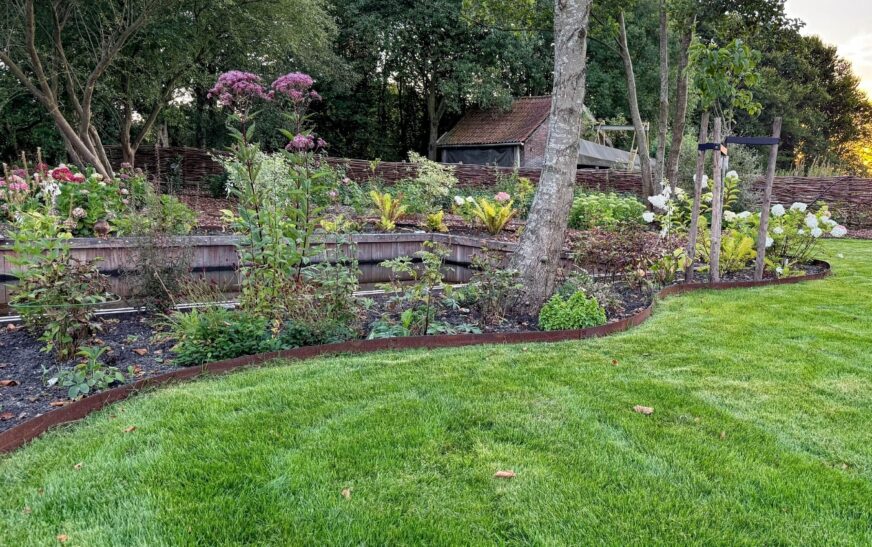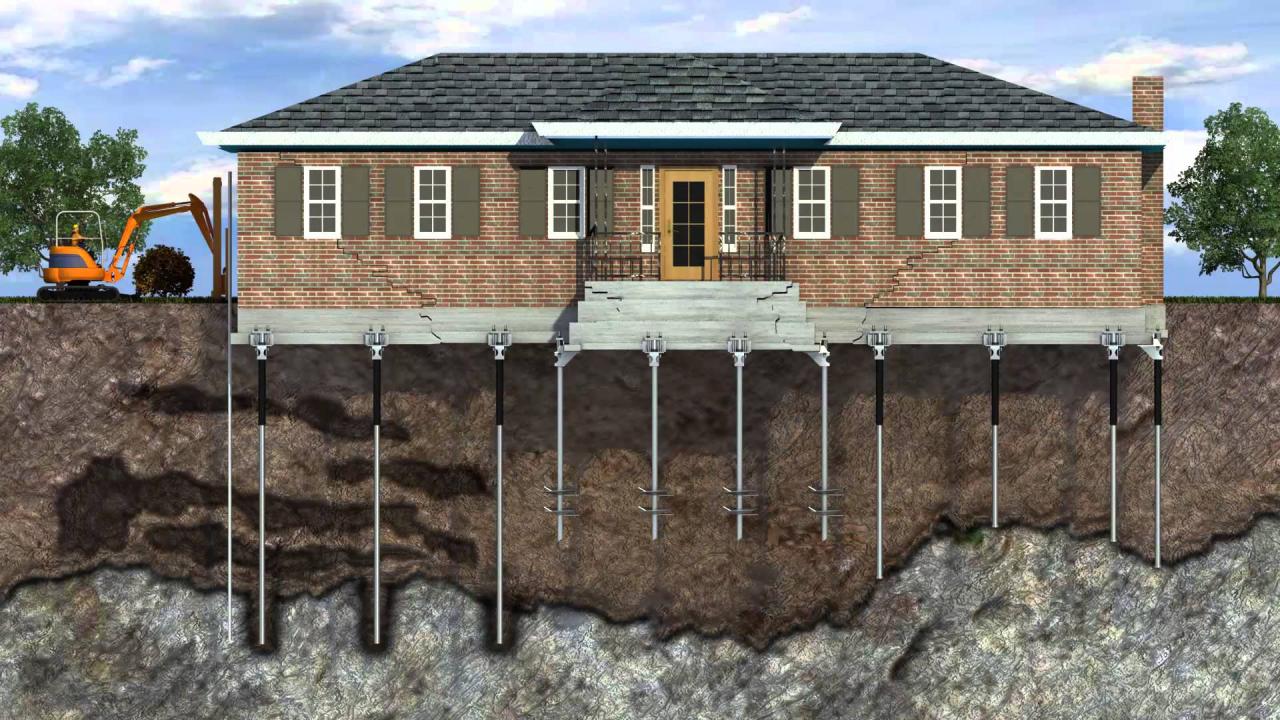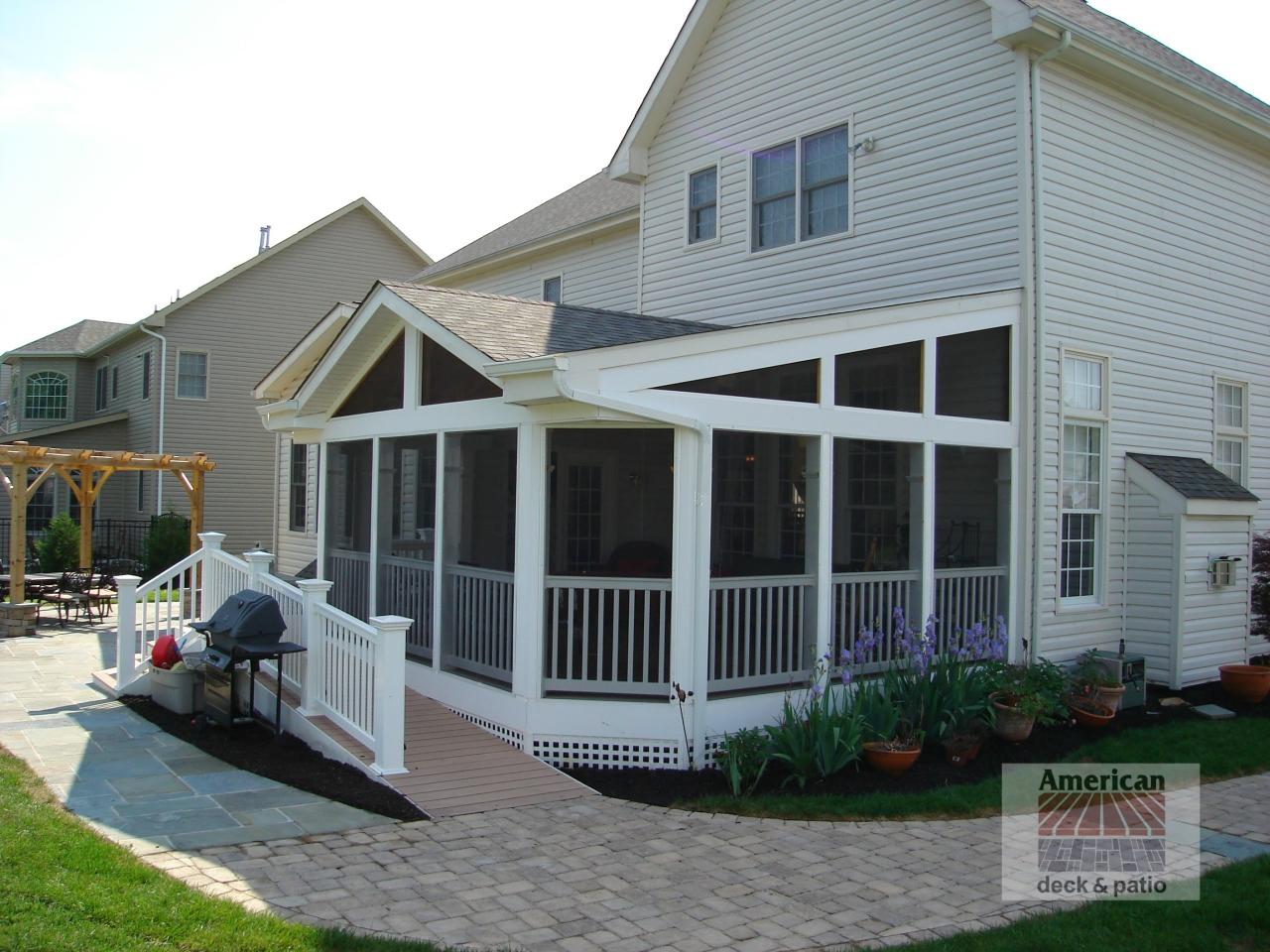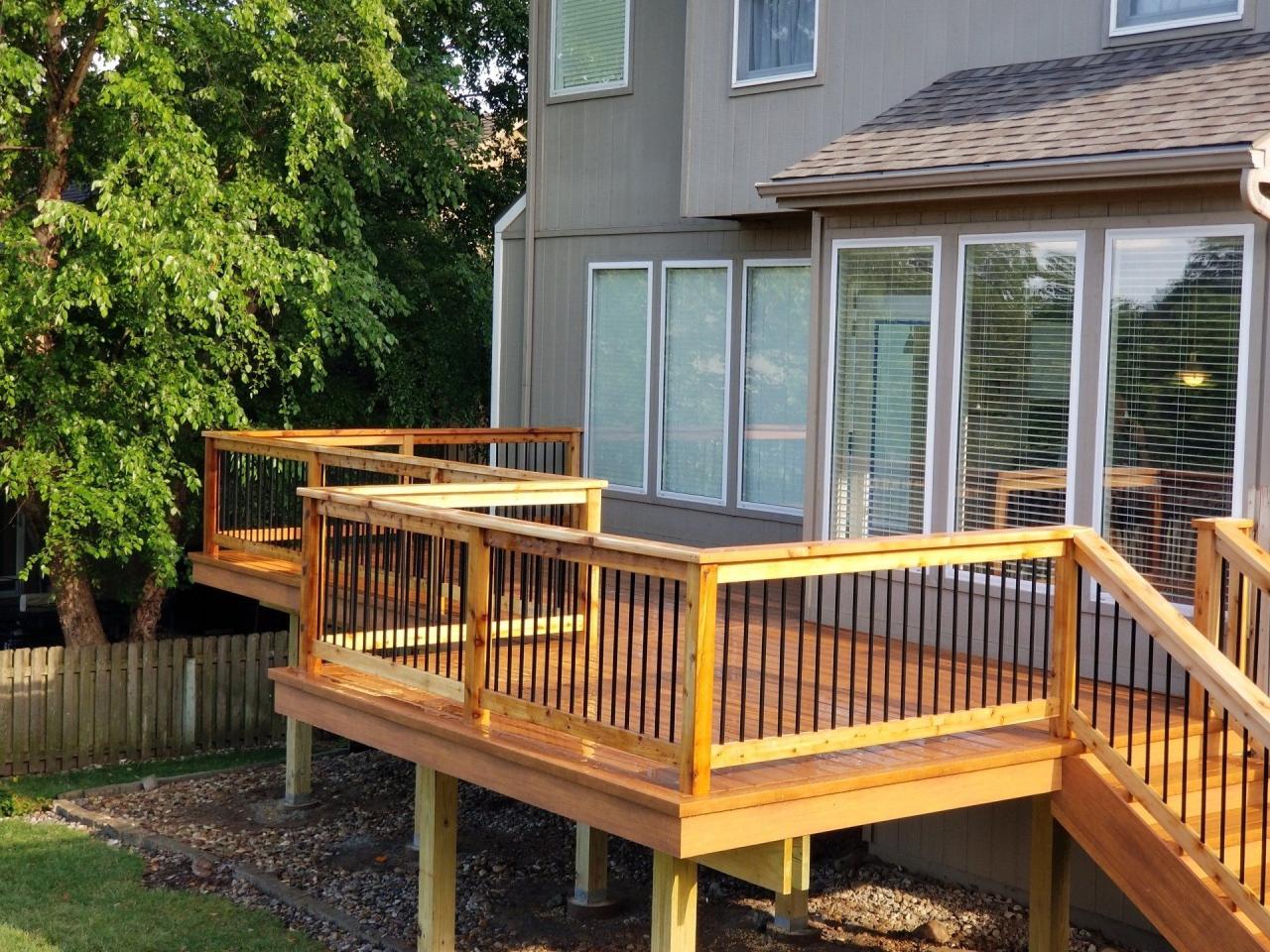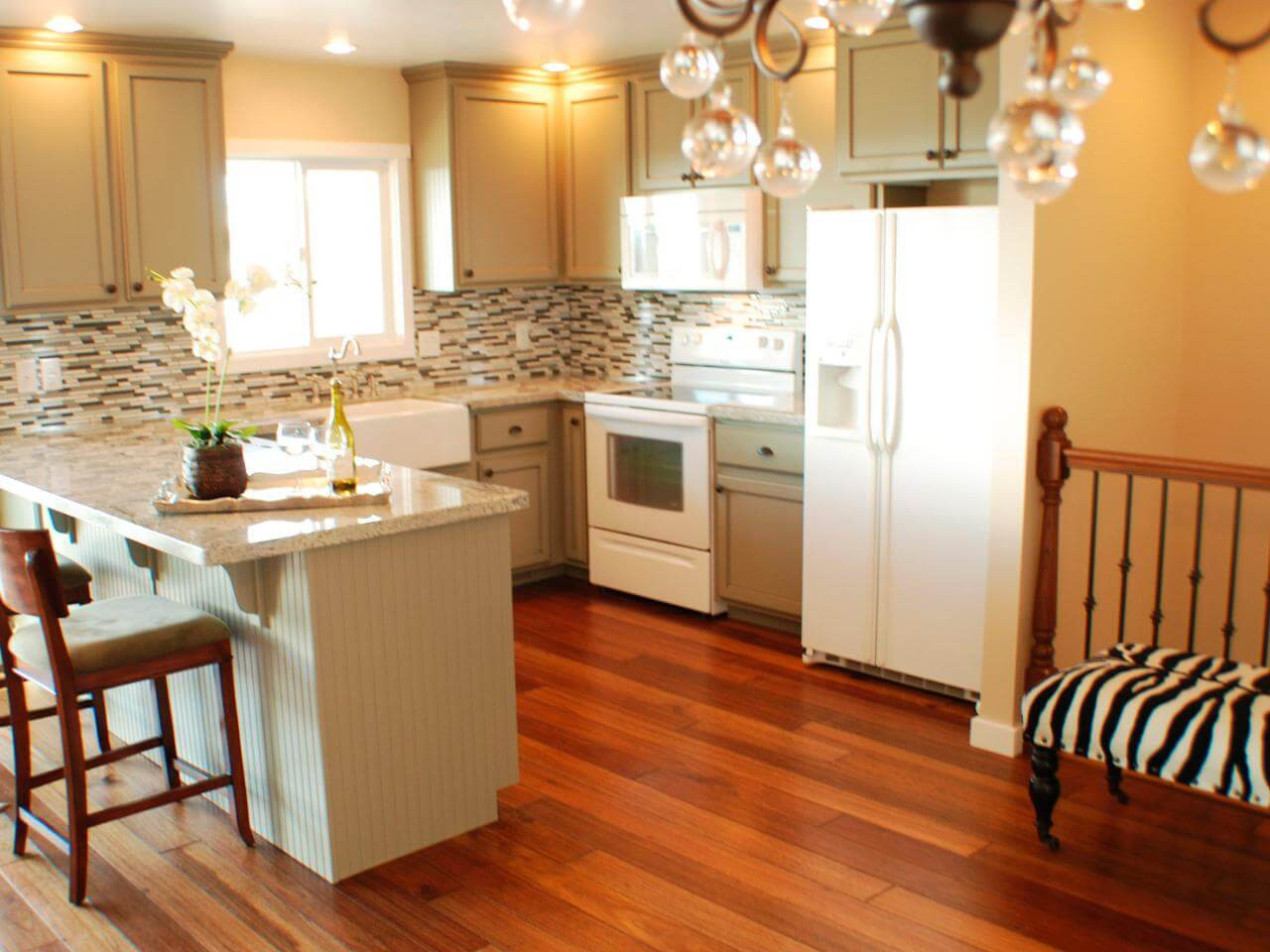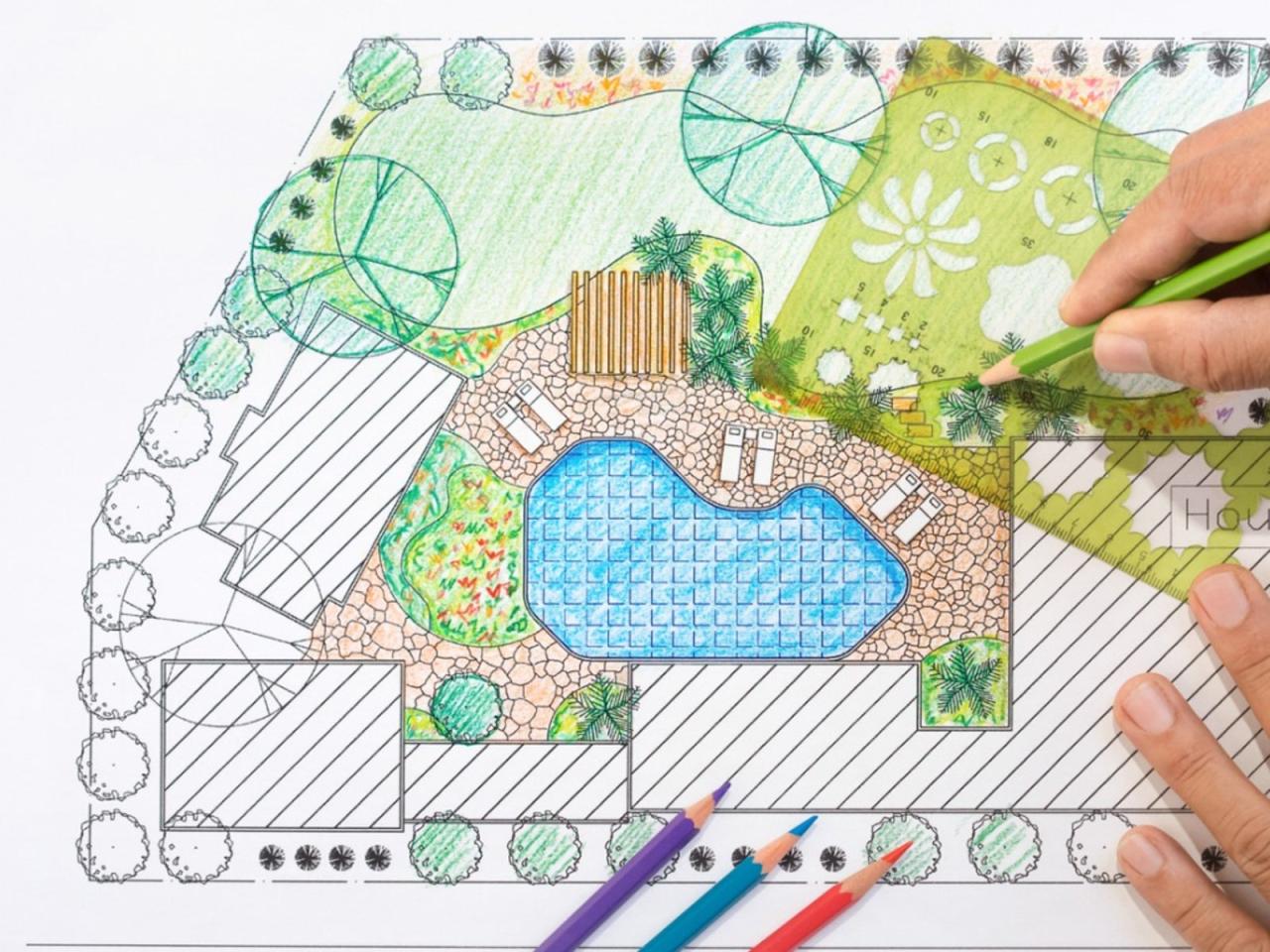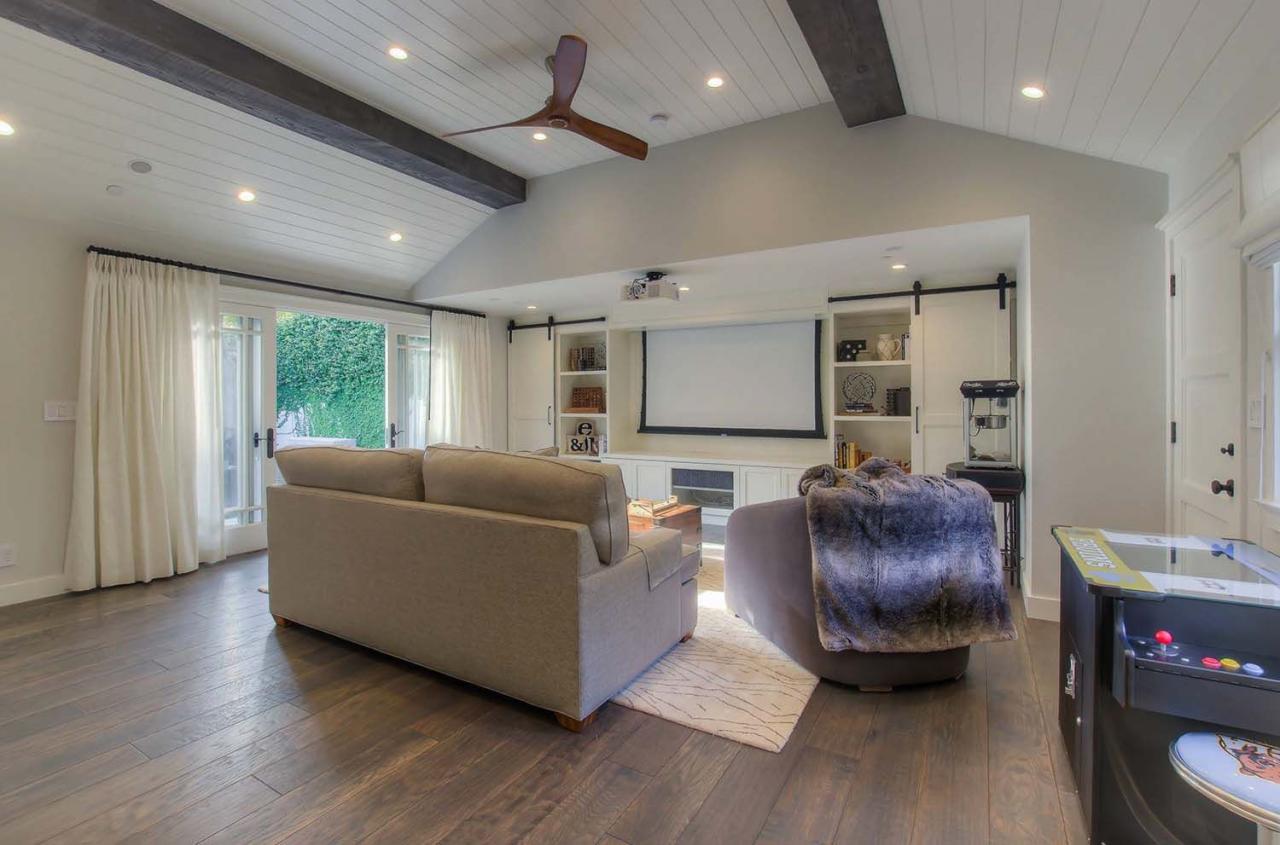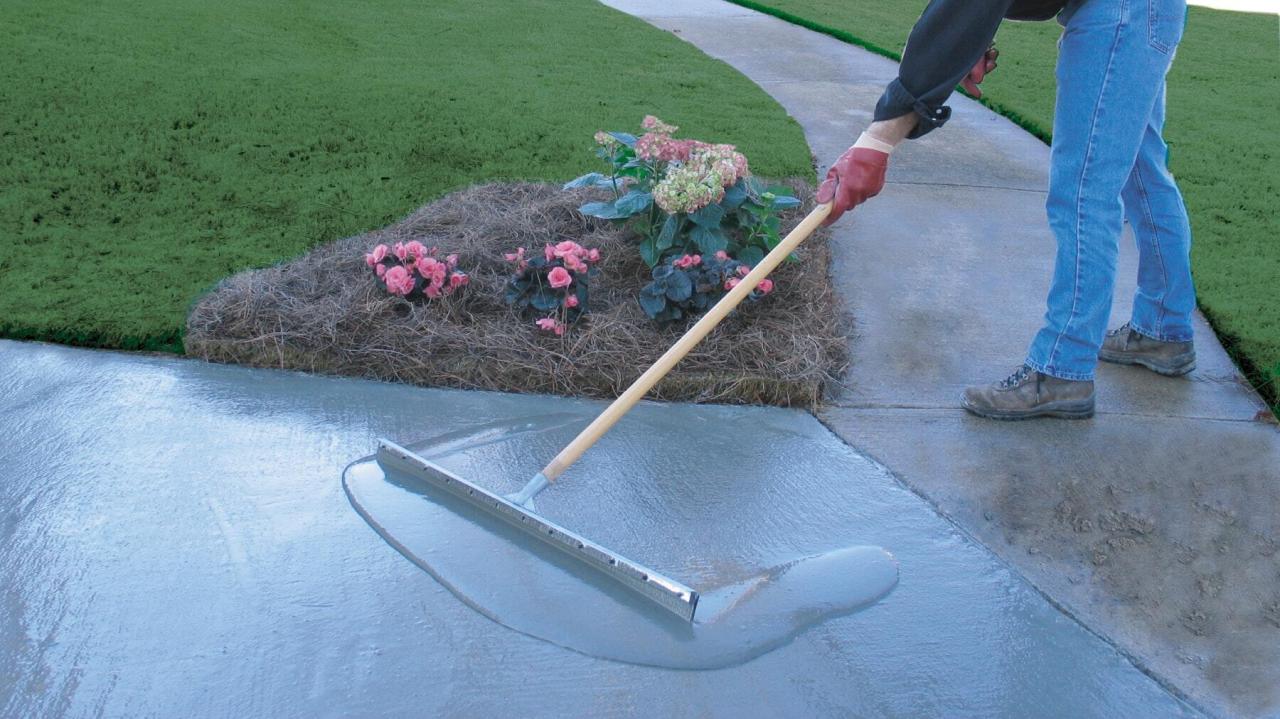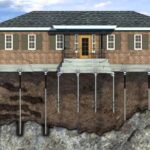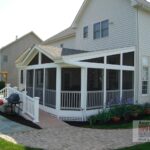As 2025 modern front yard landscaping trends take the spotlight, this introduction invites readers into a world shaped by innovation and creativity. From sustainable practices to tech integration, the landscape of front yard design is evolving. Get ready to explore the upcoming trends that will define outdoor spaces in the years to come.
In the following paragraphs, we will delve into the latest trends shaping modern front yard landscaping for 2025, offering insights and inspiration for homeowners and landscaping enthusiasts alike.
Introduction to Modern Front Yard Landscaping Trends for 2025
Modern front yard landscaping refers to the contemporary approach to designing and maintaining the outdoor space in the front of a house. It involves incorporating innovative ideas, materials, and techniques to create a visually appealing and functional outdoor area.
Keeping up with current trends in landscaping is essential to ensure that your front yard remains attractive and in line with modern aesthetics. Trends in landscaping can change over time as new design concepts emerge, materials evolve, and environmental considerations shape the industry.
The Significance of Front Yard Landscaping
Enhancing curb appeal is one of the key reasons why front yard landscaping is crucial for homeowners. A well-designed front yard creates a welcoming first impression and adds value to the property. It sets the tone for the overall aesthetic of the house and reflects the homeowner's style and personality.
Sustainable Landscaping Practices in 2025
In recent years, sustainable landscaping practices have gained significant traction due to their positive impact on the environment and the overall aesthetics of modern front yard designs. These techniques not only help in conserving resources but also contribute to creating a more eco-friendly outdoor space that requires less maintenance.Native plants and drought-resistant landscaping have become increasingly popular choices for homeowners looking to reduce water consumption and maintenance costs.
By planting native species that are adapted to the local climate and soil conditions, homeowners can create a beautiful and sustainable landscape that thrives with minimal water and maintenance.One of the key trends in sustainable landscaping for 2025 is the incorporation of rainwater harvesting systems in modern front yard designs.
These systems collect rainwater from the roof or other surfaces and store it for later use in irrigation, reducing the reliance on municipal water sources and lowering water bills. This practice not only conserves water but also reduces runoff and erosion, benefiting both the environment and the homeowner.
Benefits of Sustainable Landscaping
- Reduces water consumption and water bills
- Minimizes the need for chemical fertilizers and pesticides
- Promotes biodiversity and supports local ecosystems
- Improves soil health and reduces erosion
- Enhances the overall aesthetics of the front yard
Tech Integration in Front Yard Landscaping
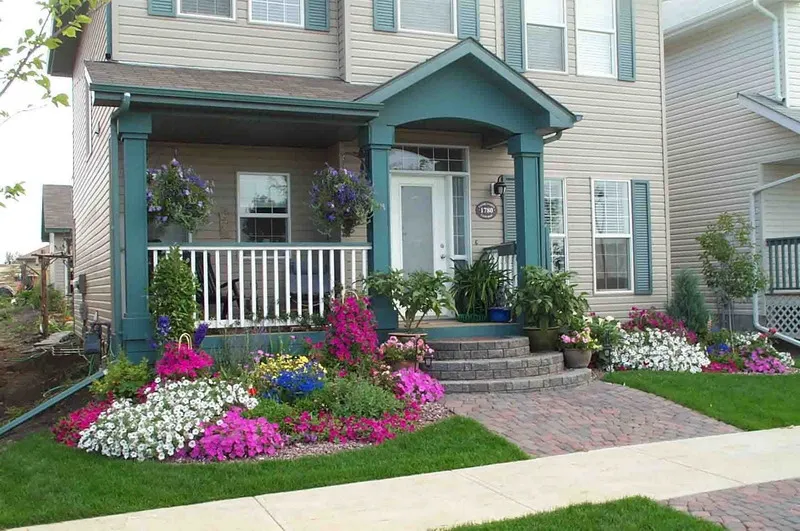
In the modern era, technology is playing a significant role in revolutionizing front yard landscaping practices. From smart irrigation systems to landscaping apps, the integration of technology is reshaping how we design and maintain outdoor spaces.
Smart Irrigation Systems for Efficient Water Usage
Smart irrigation systems have become essential tools for sustainable front yard landscaping. These systems use weather data and soil moisture sensors to optimize watering schedules, ensuring that plants receive the right amount of water without wastage. By reducing water consumption, smart irrigation systems help conserve water resources and promote eco-friendly landscaping practices.
Role of Landscaping Apps
Landscaping apps have made it easier for homeowners to design and maintain their front yard landscapes. These apps offer features like virtual landscape design tools, plant databases, and maintenance reminders. Users can visualize different layout options, select suitable plants, and receive guidance on care and maintenance tasks.
With the help of landscaping apps, creating a beautiful and well-maintained front yard has never been more accessible.
High-Tech Features like LED Lighting and Automated Maintenance Tools
Incorporating high-tech features like LED lighting and automated maintenance tools can enhance the aesthetics and functionality of front yard landscapes. LED lighting not only adds ambiance to outdoor spaces but also saves energy compared to traditional lighting options. Automated maintenance tools, such as robotic lawn mowers and smart gardening devices, streamline routine tasks like mowing, weeding, and watering.
These technologies make front yard maintenance more efficient and convenient, allowing homeowners to enjoy their outdoor spaces with minimal effort.
Design Elements and Aesthetics for 2025 Landscaping
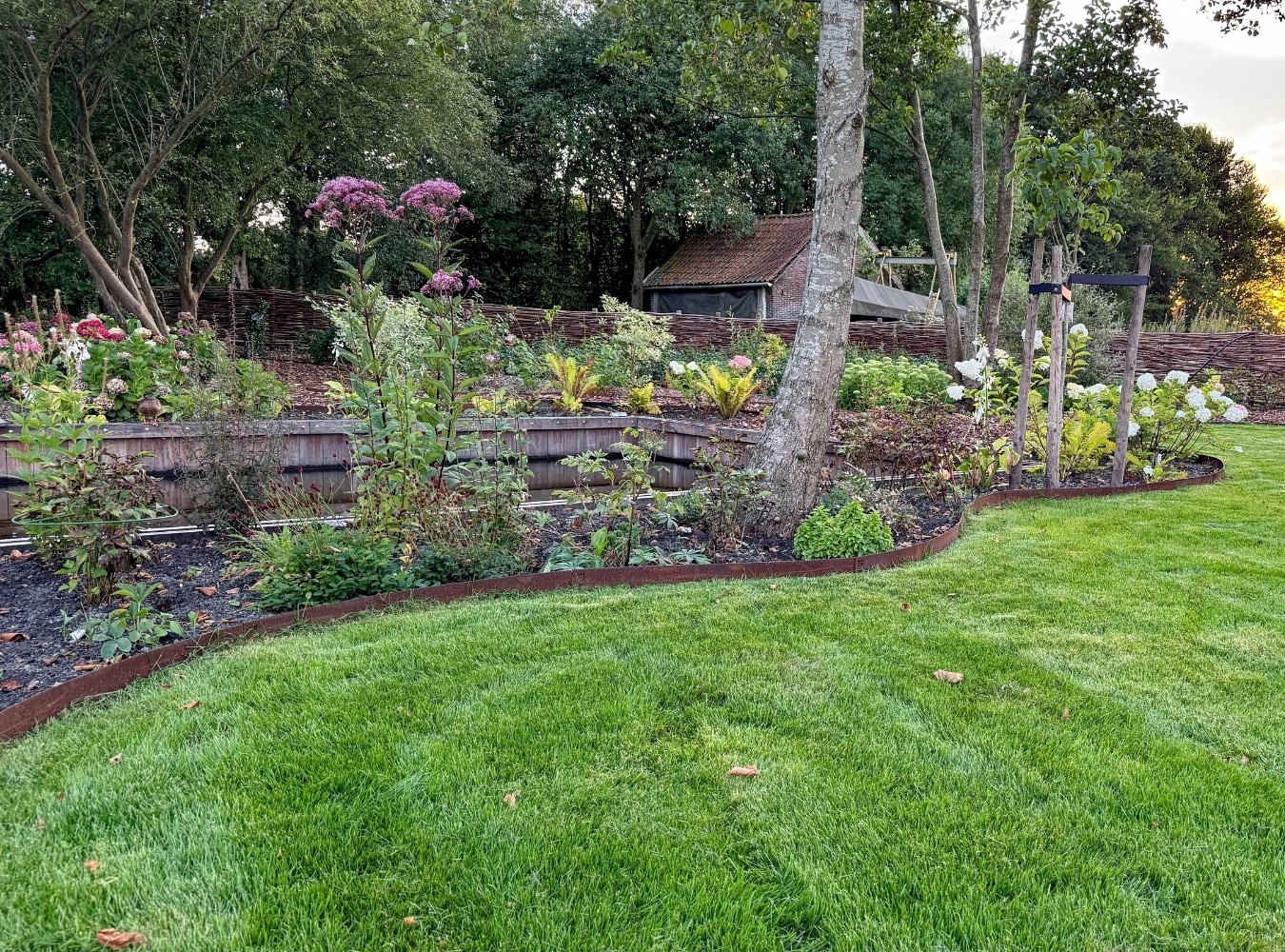
In the realm of modern front yard landscaping for 2025, design elements and aesthetics play a crucial role in defining the overall look and feel of outdoor spaces. Let's delve into some popular trends that are shaping the landscape design industry.
Geometric Patterns and Minimalist Layouts
Geometric patterns and minimalist layouts are gaining popularity in modern landscaping designs for 2025. Clean lines, simple shapes, and structured arrangements create a sense of order and sophistication in front yards. From angular plant beds to symmetrical hardscapes, incorporating geometric elements can elevate the visual appeal of outdoor spaces.
Mixed Materials for Modern Landscaping
The use of mixed materials like wood, stone, and metal is a key trend in modern front yard landscaping for 2025. Combining different textures and finishes adds depth and contrast to outdoor environments. From sleek metal accents to rustic wooden features, the juxtaposition of materials creates a dynamic and contemporary look.
Creating Outdoor Living Spaces
Another prevalent trend in 2025 landscaping is the concept of creating outdoor living spaces in front yards. Front yards are no longer just for curb appeal but are transformed into functional and inviting areas for relaxation and entertainment. Incorporating elements like outdoor seating, fire pits, and dining areas blurs the lines between indoor and outdoor living.
Color Schemes and Plant Combinations
When it comes to modern landscaping aesthetics, color schemes and plant combinations play a vital role in achieving a cohesive and visually appealing look. In 2025, trends lean towards monochromatic palettes with pops of bold colors for contrast. Mixing different plant varieties with varying textures and heights adds dimension and interest to front yard landscapes.
Climate-Responsive Landscaping Trends
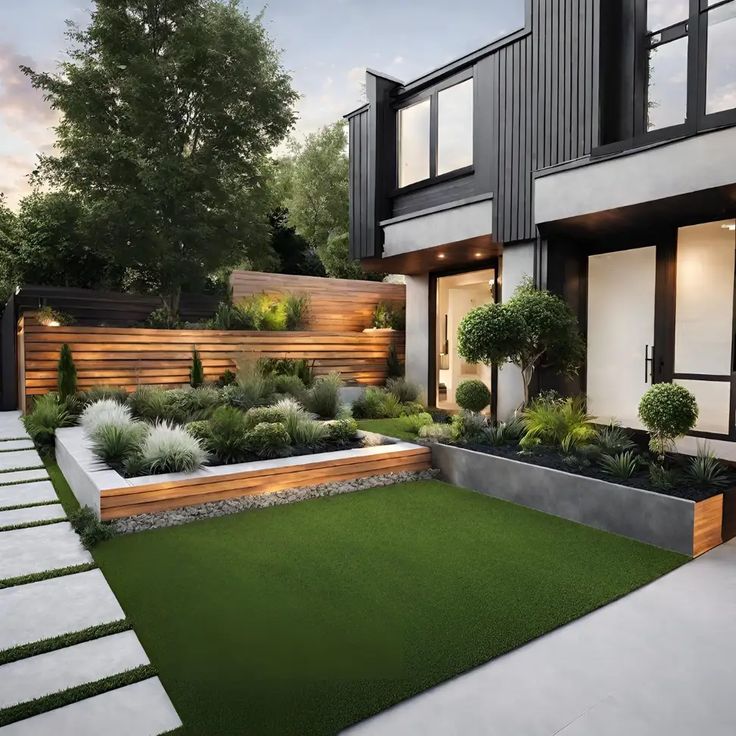
Climate change poses significant challenges to traditional landscaping practices, leading to the emergence of climate-responsive landscaping trends. These trends focus on creating sustainable outdoor spaces that can adapt to changing environmental conditions while promoting biodiversity and resilience.
Green Roofs and Walls for Urban Heat Mitigation
Green roofs and walls have gained popularity as effective solutions for mitigating heat in urban areas. By incorporating vegetation on rooftops and walls, these green spaces help reduce the urban heat island effect, improve air quality, and provide insulation to buildings.
Not only do they enhance the aesthetic appeal of urban landscapes, but they also contribute to energy efficiency and overall environmental health.
Xeriscaping in Water-Scarce Regions
Xeriscaping is a water-efficient landscaping technique that is particularly relevant in water-scarce regions. By using drought-resistant plants, efficient irrigation systems, and mulching techniques, xeriscaping minimizes water consumption while maintaining a visually appealing outdoor space. This approach not only conserves water but also reduces the need for chemical inputs and promotes biodiversity in arid environments.
Innovative Climate-Resilient Landscaping Designs
Innovative climate-resilient landscaping designs are incorporating elements such as rain gardens, bioswales, permeable paving, and native plantings to enhance water retention, reduce runoff, and support ecosystem services. These designs prioritize the use of sustainable materials, minimize resource consumption, and promote ecological balance within the landscape.
By integrating technology, such as smart irrigation systems and sensor-driven monitoring, these designs optimize water usage and adapt to changing climate conditions effectively.
Final Thoughts
In conclusion, 2025 promises an exciting array of possibilities for front yard landscaping, blending sustainability, technology, and aesthetic appeal. Stay ahead of the curve by incorporating these trends into your outdoor space, creating a harmonious balance between nature and innovation.
Commonly Asked Questions
Question: What are some key sustainable landscaping techniques gaining popularity in 2025?
Answer: Sustainable landscaping techniques like xeriscaping, rainwater harvesting, and the use of native plants are becoming increasingly popular in 2025.
Question: How is technology being integrated into modern front yard landscaping practices?
Answer: Technology is being integrated through smart irrigation systems, landscaping apps for design and maintenance, and high-tech features like LED lighting.
Question: What design elements are trending for 2025 landscaping?
Answer: Geometric patterns, minimalist layouts, mixed materials like wood and metal, and the creation of outdoor living spaces are popular design elements for 2025 landscaping.
Question: How are landscaping trends adapting to climate change challenges in 2025?
Answer: Landscaping trends are adapting by incorporating green roofs, xeriscaping, and climate-resilient designs to mitigate the impact of climate change.

